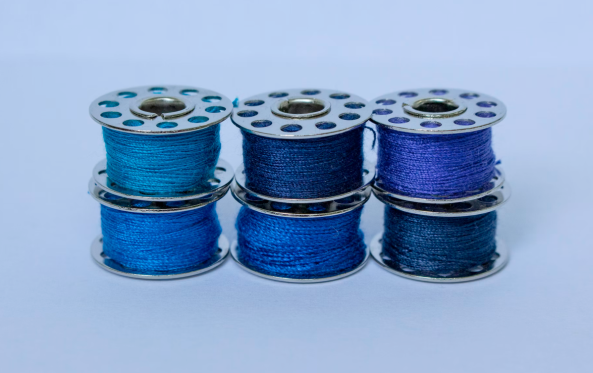
13th edition of Refashion Innovation Challenge
Refashion's Innovation Challenge is back for its 13th edition! Find out more about the call for R&D projects and how to apply!

Refashion's Innovation Challenge is back for its 13th edition! Find out more about the call for R&D projects and how to apply!

Pour la 2ème édition de son appel à projets annuel dédié au réemploi, Refashion soutient 35 projets en France métropolitaine et à La Réunion.|Pour la 2ème édition de son appel à projets annuel dédié au réemploi, Refashion soutient 35 projets en France métropolitaine et à La Réunion.
The recycling of footwear is a lever of strategic importance in saving resources, reducing the sector’s environmental footprint and developing new industrial applications.
When reuse or repair are no longer options, recycling plays a key role in turning materials into resources and reinforcing a circular and economically viable industry.
Like clothing, footwear is a complex product, but its composition tends to be even more heterogeneous. Multiple materials (leather, textiles, elastomers, plastics, metals, etc.) and multi-layered components make sorting and recovery more difficult.
Rigorous upstream sorting and precise knowledge of footwear composition are therefore essential to speed up the identification of materials for efficient industrial recycling.
Read on to find out more!

Shoes are complex products, and soles in particular raise a real challenge in recycling owing to the diversity of their materials used (elastomers, rubber, plastics, composites) and their multi-layer composition.
To better understand existing solutions and contribute to the development of efficient processing channels, Refashion has conducted an in-depth study into the recycling of non-reusable post-consumer soles in Europe.
This study aims to explore both closed- and open-loop recycling solutions in order to:
The report includes:
Note: the list of suppliers of recycling solutions is intended to be as exhaustive as possible, but needs to be updated regularly in order to remain relevant.
Soles can account for over half of the total weight of a shoe. They are generally less complex than the uppers, but recycling remains difficult owing to the diversity of materials used to make them.
Two main strategies are currently implemented:
of the shoe, followed by separation of the different materials.
of the upper and sole in order to recycle each one separately.
for SBS soles
for rubber soles
for rubber soles
Developed by Refashion, the footwear material library is a reliable resource for identifying and sorting soles.
It can be used to calibrate and optimise automated material recognition systems and to support R&D projects in footwear recycling.
It is open to system developers, sorting and recycling operators, as well as to research and technical centres working on the development of sorting and recycling equipment.
The library currently includes 122 samples covering the families of materials most often used in soles and heels, with 11 categories of material compositions (7 monomaterial and 4 blends of natural rubber and synthetic rubber).
Ten copies are available for industry players. Contact us for more information.
The state-of-the-art review of footwear recycling in France and Europe identified several types of players:
Watch the presentation of our study at the 2025 Refashion Recycle Summit:
